Conventional museums have traditionally served as windows into our past, meticulously preserving artifacts that tell the stories of culture, community, and human achievement. However, to many of us in the Global South, museums often house poorly curated exhibitions and have limited funds to generate engagement. In today's world, where water security and climate risks are becoming increasingly pressing issues, and marginalized communities often find themselves pushed to the sidelines, the role of museums is evolving.
Launched in 2017, the Living Waters Museum (LWM) began as a digital repository dedicated to archiving our water heritage, encompassing built, intangible, and natural elements. Today, it has transformed into a hybrid museum that actively engages with local communities through place-based approaches, incorporating art, storytelling, multimedia strategies, and transdisciplinary knowledge production. LWM was initially based at the Centre for Heritage Management (CHM), Ahmedabad University (AU) from 2017 to 2020, where it engaged with students in documenting local water heritage, creating its first website, and holding numerous public dialogues on water and sustainability.

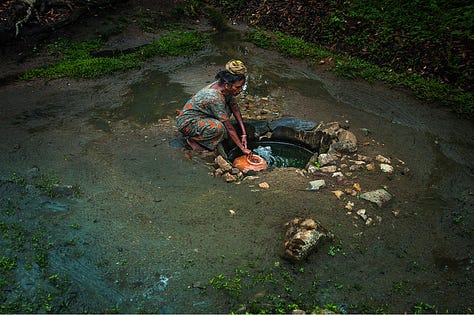
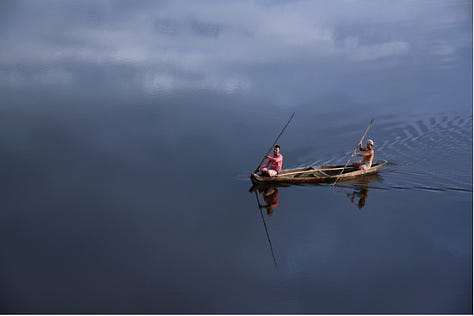
During the COVID-19 lockdowns, we decided to focus on urban waterscapes - from the development of water infrastructure to the challenge of public health and access to WASH. Confluence, launched in March 2021, was our first digital exhibition. It brought together over 30 architects, students, artists, social scientists, and academics to explore Mumbai’s centuries-long, deeply intertwined relationship with water, from rivers to the sea, encompassing cultures, faith, and livelihoods. Some of the highlights of the exhibition included an interactive 3D image on the vibrant marine life underlying the city’s shores; a photo-essay on the lives of the Bhistis or water-sellers in the old bye-lanes of the city by Aslam Saiyad, and the traditional dry fish recipes of the Koli community presented through the lens of Koli artist Parag Tandel.
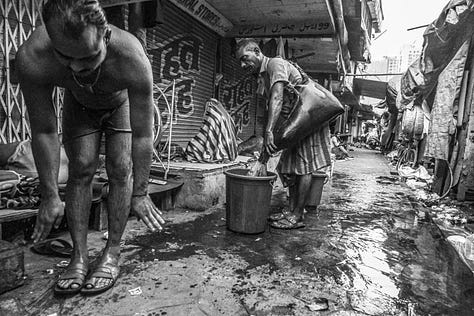
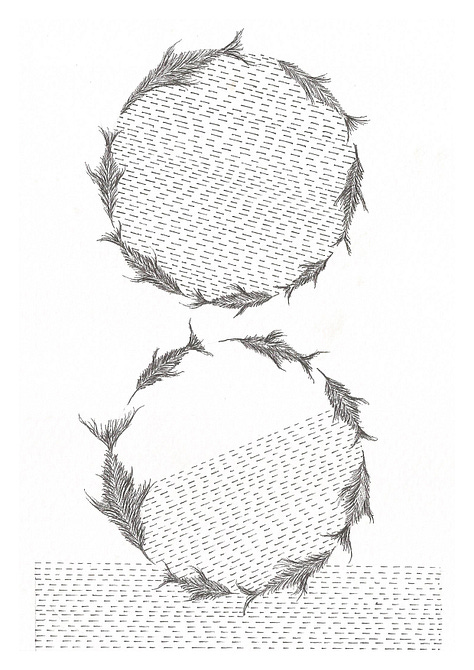
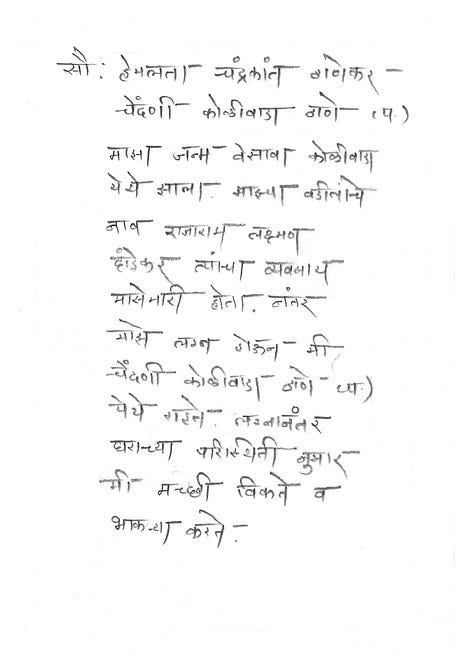
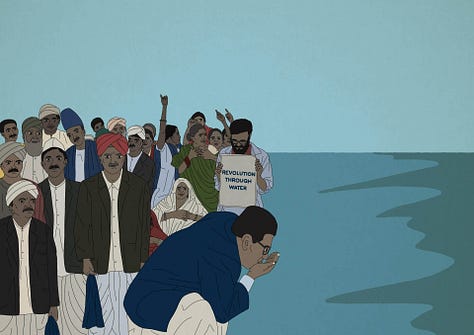


By mid-2021, we moved to the interdisciplinary Centre for Water Research at IISER-Pune and started work on Pune’s water stories, building collaborations with local nonprofits, researchers, and activists concerned about the city’s growing water woes, particularly the destructive riverfront development and the annual risk of flooding due to unplanned urbanization. The exhibition, Punyache Paani, also paved the way for the Water Classrooms project, which engaged middle-school children and educators in reimagining their water from a systems approach, drawing on principles of equity and sustainability to discuss topics such as gender equity, caste discrimination, water pollution, and climate change.
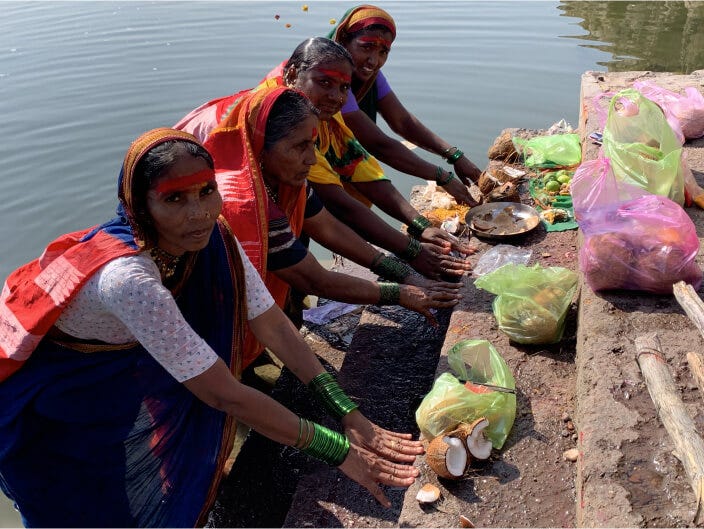

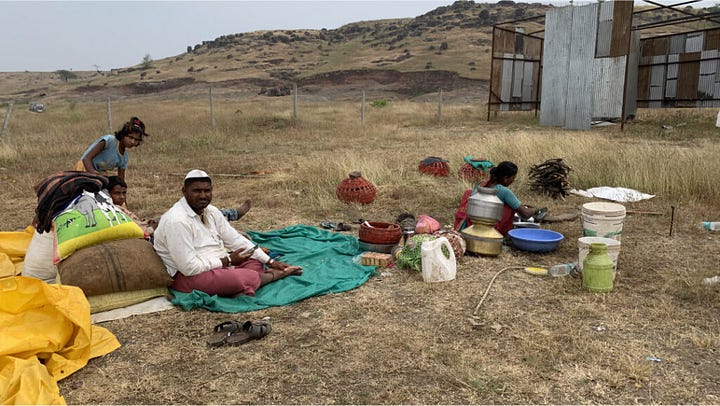

In February 2023, we launched Jal Jharokha in collaboration with the Mehrangarh Museum Trust in Jodhpur, which allowed us to showcase the museum’s rich archive of water history and miniature art through storytelling, digital media, and music. The online exhibition offers insights into the city’s diverse yet fading water heritage and highlights efforts to preserve it through public-private partnerships and individual dedication.
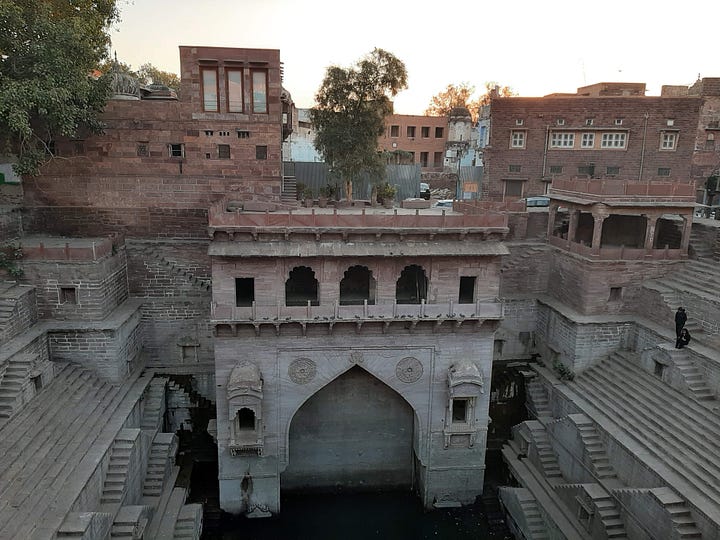



Similarly, Kolkata’s water legacy, from its colonial history, to the East Kolkata wetlands, and the ghats along the Hooghly riverfront, was a central theme of Jol Jyanto Kolkata, launched in September 2023. The exhibition not only strengthened our partnerships in the city, but it also culminated in the annual River Festival, from which a multi-partner initiative called River Ambassadors has emerged.
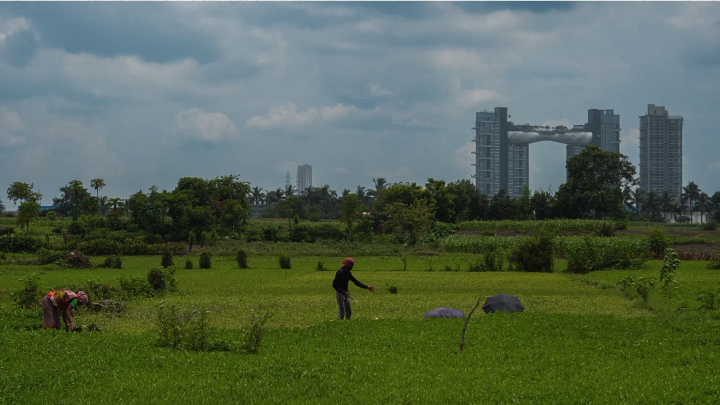


As the museum has grown, so has the momentum to practice decoloniality in this space. For LWM, this is not merely an end goal, but a complex process aimed at creating more inclusive, diverse, and empowering narratives within and beyond museum spaces. Our latest digital chapter, Goa Water Stories, explores ecological and indigenous knowledge systems, rivers, water bodies, and rituals, as well as the relationship between land and water in the khazans. This initiative engages local communities, young researchers, artists, the media, and several institutional partners, including the Centre for Public Policy and Governance at the Goa Institute of Management, Goa University, and the Sunaparanta Goa Centre for the Arts.
Going forward, we envisage the Living Waters Museum as a “hub” around which we can develop a network of contextual and locally embedded water museums, physical or digital chapters, which will use the power of knowledge generation and communication to advocate for water justice through education, public outreach and new creative learning alliances across geographic borders and disciplinary boundaries (Ahmed 2025).
If you’d like to engage with LWM through contributions or collaborations, please write to us or follow us on Instagram and send us a DM.
Edited by Uttara Valluri




